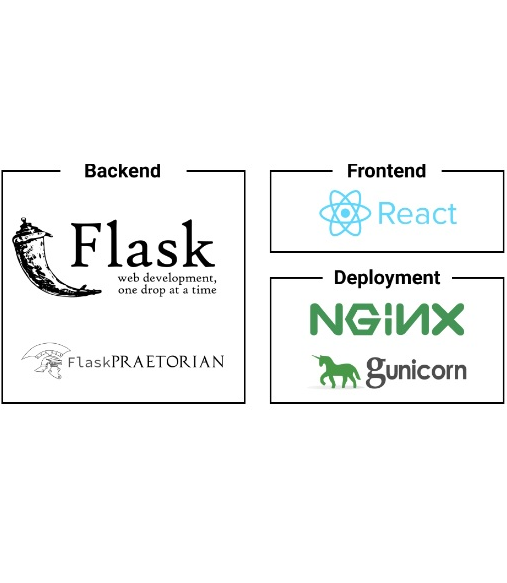Improving the performance of a website is crucial for providing a better user experience, boosting search engine rankings, and achieving your website's goals. Here are some strategies to enhance website performance:
Optimize Images and Media:
Minimize HTTP Requests:
Utilize Browser Caching:
Enable GZIP Compression:
Optimize Code and Scripts:
Reduce Server Response Time:
Implement Content Delivery Networks (CDNs):
Mobile Optimization:
Monitor and Analyze Performance:
Content Delivery Optimization:
Reduce Third-Party Scripts:
Security Optimization:
Regularly Update Software:
Content Caching:
Optimize Database Queries:
Resource Prioritization:
Remove Unused Plugins and Features:
Remember that website performance is an ongoing effort. Regularly monitor your site's performance, make improvements based on data and user feedback, and stay updated with the latest web technologies and best practices.



Lorem ipsum dolor sit amet consetetur sadipscing elitr sed diam nonumy eirmod tempor invidunt labore et dolore magna aliquyam erat sed diam voluptua.